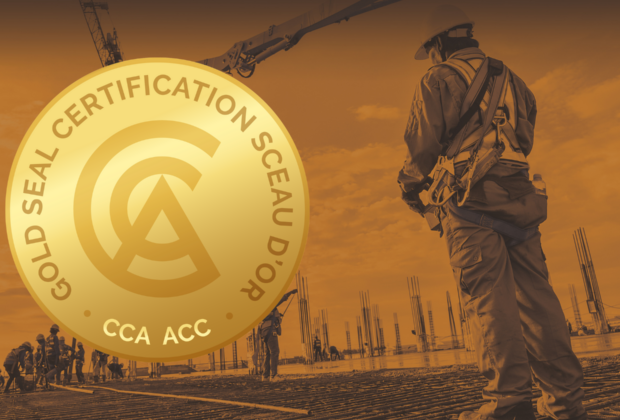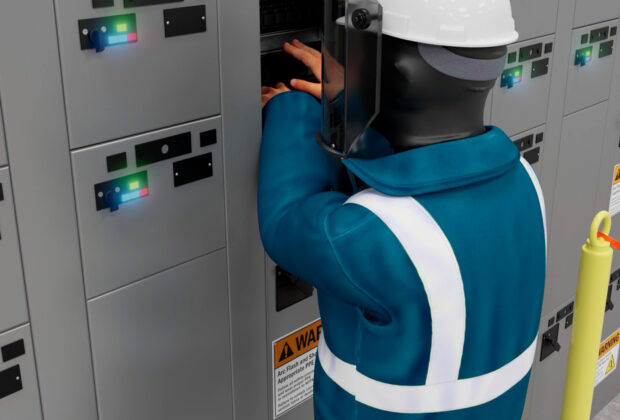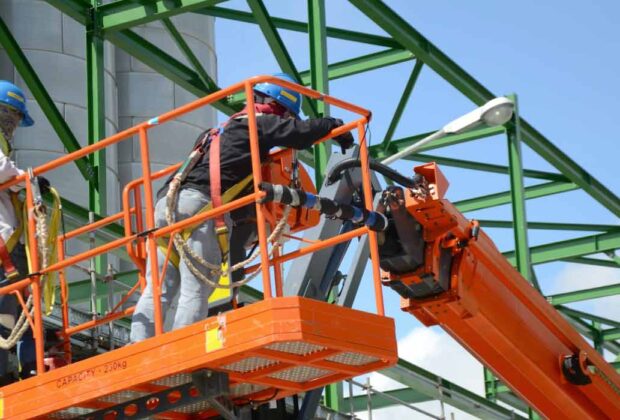As a worker in Canada, you have the right to know and fully understand the hazards of chemical products used in your workplace. The Workplace Hazardous Information System (WHMIS) was designed to ensure the safety of all Canadian workers.
To help protect Canadian workers, laws across Canada require employers and hazardous material suppliers to provide employees with important information about those hazardous products and how employees can protect themselves.
Danatec by Yardstick Training’s award-winning, industry recognized WHMIS online-training course meets all of Health Canada’s training requirements under the Hazardous Products Regulations, and helps to ensure the safety of all Canadian workers.
What is WHMIS?
According to the Canadian Centre for Occupational Health and Safety, WHMIS is a comprehensive plan for providing information on the safe use of hazardous materials used in Canadian workplaces. The information is provided through identification and product classification, labelling, safety data sheets (SDSs) and worker education training.
WHMIS law became effective in Canada October 31, 1998 and was developed by a tripartite steering committee consisting of representatives from government, industry and labour.
The primary goal of all WHMIS training is to protect Canadian workers from hazardous materials in the workplace. Hazardous chemical materials can be found in nearly every workplace across the country, meaning almost every individual in the Canadian workforce should have WHMIS training.
The WHMIS 2015 update saw WHMIS align with the worldwide hazard communication system, the Globally Harmonized System of Classification and Labelling of Chemicals. Thus alignment allows for several benefits including:
- Hazard classification criteria are more comprehensive which improves ability to indicate severity of hazards.
- New hazard classes are included.
- Physical hazard criteria are consistent with the Transport of Dangerous Goods (TDG regulations).
- Standardized language (hazard and precautionary statements).
- Standardized SDS format and more comprehensive requirements.
Who Needs Training?
WHMIS training protects Canadian workers who may come into contact with any dangerous material in their workplace.
Below are common examples of work environments where WHMIS training is required. This list does not include every occupation or work environment which may need WHMIS training.
Construction workers: Most construction workers will deal with more than one hazardous material per day. These materials could range from gasoline. Cleaning products, solvents, etc.
Office Staff: Although office environments are often overlooked when it comes to WHMIS training, almost every office environment will contain several hazardous materials. These hazards can range from cleaning products to ink cartridges.
Cleaners: Cleaning staff often deal with a number of cleaners and chemical solvents on a daily basis. Many of these products are hazardous and therefore require WHMIS training to use properly and safely.
Automotive Workers: Lubricants, fluids, cleaners and solvents are commonly used by workers in the automotive industry. Because they are commonly exposed to these hazards automotive workers are required to have WHMIS training.
Almost every Canadian worker should have WHMIS training to properly understand how to correctly use hazardous materials in their daily work routine. It is recommended that workers are trained in WHMIS on a yearly basis and go no longer than three years without retraining.
Employers are responsible for properly training employees and retaining a high safety standard in the workplace. Employers in Canada must:
- Educate and train workers on the hazards and safe use of hazardous products in the workplace.
- Ensure that hazardous products are labelled.
- Prepare workplace labels and SDSs.
- Ensure appropriate control measures are in place to protect the health and safety of workers.
Employees in Canada must:
- Participate in WHMIS and chemical safety training programs where required.
- Take necessary steps to protect themselves and their co-workers.
- Participate in identifying and controlling hazards.
- Exercise their right and responsibility to report unsafe work practices.
Under WHMIS 2015 a supplier is “A person who, in the course of business, sells or imports a hazardous product”.
A manufacturer is “A supplier who, in the course of business in Canada, manufactures, produces, processes, packages or labels a hazardous product and sells it”.
An importer* is “A supplier who brings a hazardous product into Canada but does not sell the product”.
A distributor is “a Canadian supplier to whom a hazardous product was sold, and who then resells the hazardous product without modifying it in any way.”
What Does WHMIS Training Include?
Danatec by Yardstick Training’s online WHMIS course (formerly known as WHMIS 2015) serves to educate learners how to properly identify hazardous materials, and how to use those materials in a safe manner.
The course uses a variety of real-life examples, video, animations and skill building exercises to engage learners in an interactive online learning experience. The course outline is as follows:
- What is WHMIS?
- WHMIS Hazards Groups
- WHMIS SDS
- WHMIS Symbols & Labels
- Personal Protective Equipment (PPE)
- What to do if something goes wrong? Emergency actions
- Special situations
Danatec by Yardstick Training believes all Canadian workers who may come in contact with any hazardous material should be trained in WHMIS to protect themselves and properly utilize dangerous materials.



Comments are closed.